No more spilled soup or coffee.
Category: biotech/medical
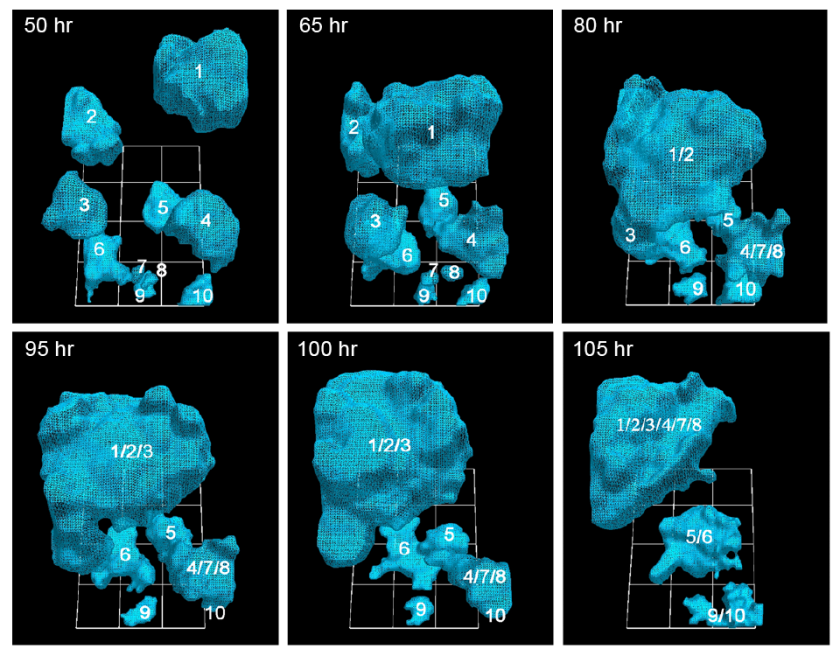
Cancer riddle, solved: Researchers reveal how cancer cells form tumors
Cancer is a mysterious disease for many reasons. Chief among the unknowns are how and why tumors form.
Two University of Iowa studies offer key insights by recording in real time, and in 3-D, the movements of cancerous human breast tissue cells. It’s believed to be the first time cancer cells’ motion and accretion into tumors has been continuously tracked. (See accompanying videos.)
The team discovered that cancerous cells actively recruit healthy cells into tumors by extending a cable of sorts to grab their neighbors—both cancerous and healthy—and reel them in. Moreover, the Iowa researchers report that as little as five percent of cancerous cells are needed to form the tumors, a ratio that heretofore had been unknown.
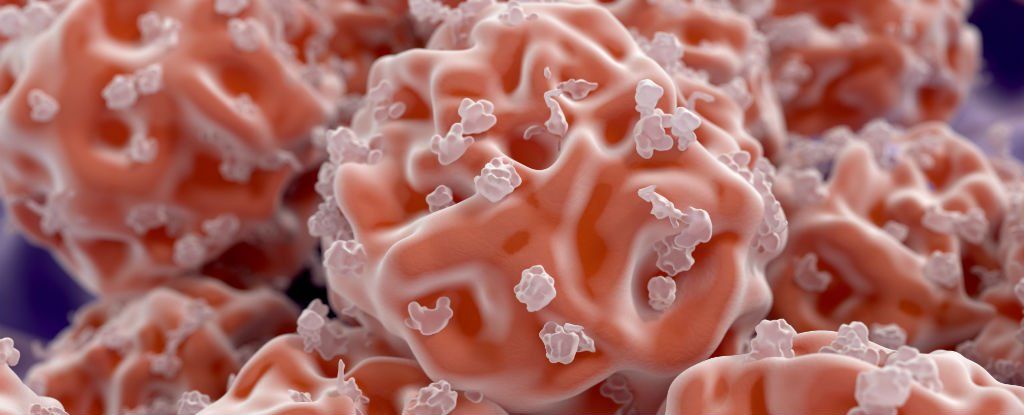
New algorithm points the way towards regrowing limbs and organs
An international team of researchers has developed a new algorithm that could one day help scientists reprogram cells to plug any kind of gap in the human body. The computer code model, called Mogrify, is designed to make the process of creating pluripotent stem cells much quicker and more straightforward than ever before.
A pluripotent stem cell is one that has the potential to become any type of specialised cell in the body: eye tissue, or a neural cell, or cells to build a heart. In theory, that would open up the potential for doctors to regrow limbs, make organs to order, and patch up the human body in all kinds of ways that aren’t currently possible.
It was Japanese researcher Shinya Yamanaka who first reprogrammed cells in this way back in 2007 — it later earned him a Nobel Prize — but Yamanaka’s work involved a lot of labourious trial and error, and the process he followed is not an easy one to reproduce. Mogrify aims to compute the required set of factors to change cells instead, and it’s passed its early tests with flying colours.

How Technology Changes the Way We Diagnose and Treat Mental Illness
As recently as 50 years ago, psychiatry lacked a scientific foundation, the medical community considered mental illness a disorder of the mind, and mental patients were literally written off as “sick in the head.” A fortunate turn in progress has yielded today’s modern imaging devices, which allow neuroscientists and psychiatrists to examine the brain of an individual suffering from a mental disorder and provide the best treatment options. In a recent interview, Columbia University Psychiatry Chair Dr. Jeffrey Lieberman stated that new research into understanding the mind is growing at an accelerated pace.
(iStock)Lieberman noted that, just as Galileo couldn’t prove heliocentrism until he had a telescope, psychiatry lacked the technological sophistication, tools, and instruments necessary to get an understanding of the brain until the 1950s. It wasn’t until the advent of psychopharmacology and neuroimaging, he said, that researchers could look inside the so-called black box that is the brain.
“(It began with) the CAT scan, magnetic resonance imaging (MRI) systems, positron emission tomography (PET scans) and then molecular genetics. Most recently, the burgeoning discipline of neuroscience and all of the methods within, beginning with molecular biology and progressing to optogenetics, this capacity has given researchers the ability to deconstruct the brain, understand its integral components, its mechanisms of action and how they underpin mental function and behavior,” Lieberman said. “The momentum that has built is almost like Moore’s law with computer chips, (and) you see this increasing power occurring with exponential sort of growth.”
Specifically, the use of MRIs and PET scans has allowed researchers to study the actual functional activity of different circuits and regions of the brain, Lieberman noted. Further, PET scans provided a look at the chemistry of the brain, which has allowed for the development of more sophisticated pathological theories. These measures, he said, were used to develop treatments while also allowing measurement of the effectiveness of both medication-based therapies and psychotherapies.
As an example, Lieberman cited the use of imaging in the treatment of post-traumatic stress disorder (PTSD). The disorder, a hyperarousal that chronically persists even in the absence of threatening stimulation, is treated through a method called desensitization. Over time, researchers have been able to fine-tune the desensitization therapies and treatments by accessing electronic images of the brain, which can show if there’s been a reduction in the activation of the affected amygdala.
Lieberman noted that despite progress in this area, technology has not replaced interaction with the individual patient; however, as technology continues to evolve, he expects the diagnoses of mental disorders to be refined.
“By the use of different technologies including genetics (and) imaging, including electrophysiological assessments, which are kind of EEG based, what we’ll have is one test that can confirm conditions that were previously defined by clinical description of systems,” Lieberman said. “I think, of all the disciplines that will do this, genetics will be the most informative.”
Just as genetics is currently used to diagnose cancer using anatomy and histology, Lieberman said the expanding field is helping researchers distinguish mental illness in individuals with certain genetic mutations. He expects that in the future, doctors will use “biochips” to routinely screen patients and provide a targeted therapy against the gene or gene product. These chips will have panels of genes known to be potentially associated with the risk for mental illness.
“Someone used the analogy of saying the way we treat depression now is as if you needed to put coolant into your car. Instead of putting it into the radiator, you just dump it on the engine,” he said. “So genetics will probably be the most powerful method to really tailor to the individual and use this technique of precision and personalized medicine.”
Lieberman also sees additional promise in magnetic stimulation, deep brain stimulation through the surgical implanting of electrodes, and optogenetics. Though he has plenty of optimism for these treatments and other potential treatments for mental illness, much of their continued growth may hinge on government policy and budgets. Recent coverage of gun violence in the United States, and a public call for better means by which to screen individuals for mental health inflictions, may be an unfortunate catalyst in moving funding forward in this research arena. A recent article from the UK’s Telegraph discusses Google’s newfound interest in this research, with former US Head of the National Institute of Mental Health now in a position at Google Life Sciences.
“Science, technology and healthcare are doing very well, but when it comes to the governmental process, I think we’re in trouble,” he said. “A welcome development in this regard is President Obama’s Human Brain Initiative, which if you look at the description of it, (is) basically to develop new tools in neurotechnology that can really move forward in a powerful way of being able to measure the function of the brain. Not by single cells or single circuits, but by thousands or tens of thousands of cells and multiple circuits simultaneously. That’s what we need.”

2016 – The Year of Robot Democratization?
The things we need to know for the 2016 robotic experience — robot clusters, manufacturing & logistics, food & healthcare, A3 Mexico Coming Soon and robotics integration.
Bold predictions for Collaboration, Connectivity and Convergence rang in 2015. One industry insider even called them prescient. Looking back a year later, we see the five-year forecast materializing faster than expected.
Industrial Internet of Things (IIOT) is more than a buzzword. With drones taking to the skies and autonomous robots navigating our warehouses, local eateries, hotels, hospitals, and stores, and soon our roadways – the differences between industrial, collaborative, and service robots continue to blur. No longer are robots reserved for multinational conglomerates or the rich eccentric with a sweet tooth for high-tech toys. SMEs and your average homeowner can now join the party. Sensors, software, and hardware are getting smarter and cheaper. We’re democratizing robotics for the masses.
It’s taken longer than some had hoped. But we’re approaching the tipping point for many automation technologies. We’re envisioning a world where robots will help the elderly and infirm with everyday tasks, so they can live independently longer. We’re moving closer to Asimov’s robots and to the “mobile, sensate robot” Engelberger anticipated. It’s the paradigm shift foretold by visionaries past and present.

We Need a New Government Agency to Oversee the Search for Immortality
My new story: The FDA (Food and Drug Administration) is holding medicine back and limiting your lifespan as we enter the Transhumanist age. There are options.
The FDA is holding America back as we enter the transhumanist age.
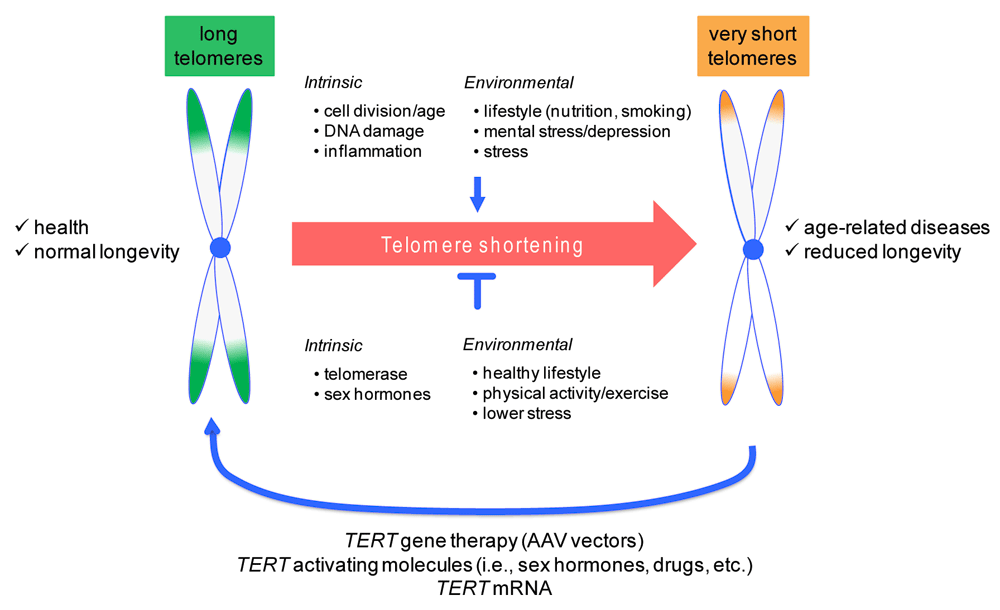
F1000Research Article: Telomeres and telomerase as therapeutic targets to prevent and treat age-related diseases
Further progress with telomeres by Maria Blasco which clearly demonstrates the link between telomeres and aging and why they are a primary “clock”.
“These findings suggest that it is the ability of different species to maintain telomeres rather than average telomere length per se that may be determinant of species longevity”
So if we maintain telomeres (either directly or by repairing the cause of that damage) as many biologically immortal creatures do could we expect to see life extension? So far in animals tested that answer is yes! Its not the only thing that needs to be addressed to combat aging but it looks like an important one.
Read the latest article version by Christian Bär, Maria A. Blasco, at F1000Research.
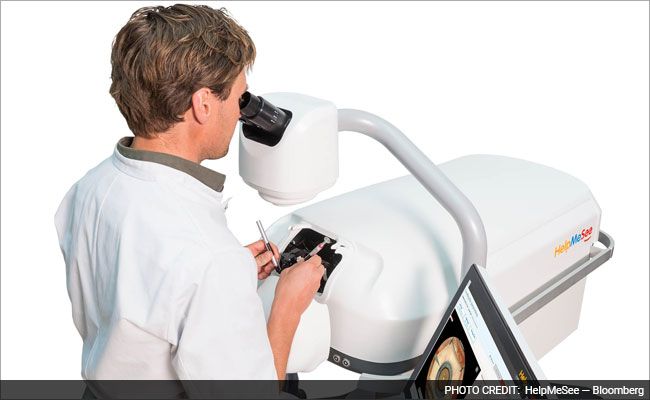
Virtual Reality Could Be The Next Big Thing In Curing Cataract Blindness
Creative way to treat Cataracts.
What affects 20 million people, robs the global economy of billions of dollars and can be fixed with a five-minute procedure?
The answer is cataract blindness. The disease, which begins with clouding of the eyes and can lead to loss of vision without treatment, will probably afflict 12 million more people by 2020, as a shortage of skilled doctors limits access to care in developing nations, according to the Rand Corporation.
Jim Ueltschi wants to change that. Through his nonprofit HelpMeSee, he wants to train 30,000 people for a procedure to remove the impairment using a virtual-reality simulator that replicates the human eye and feel of live surgery. Restoring vision to the “avoidably blind,” as the afflicted are often described, could inject $517 billion into the world’s poor economies over a decade at a cost of $128 billion, according to reports by PricewaterhouseCoopers commissioned by the Fred Hollows Foundation.
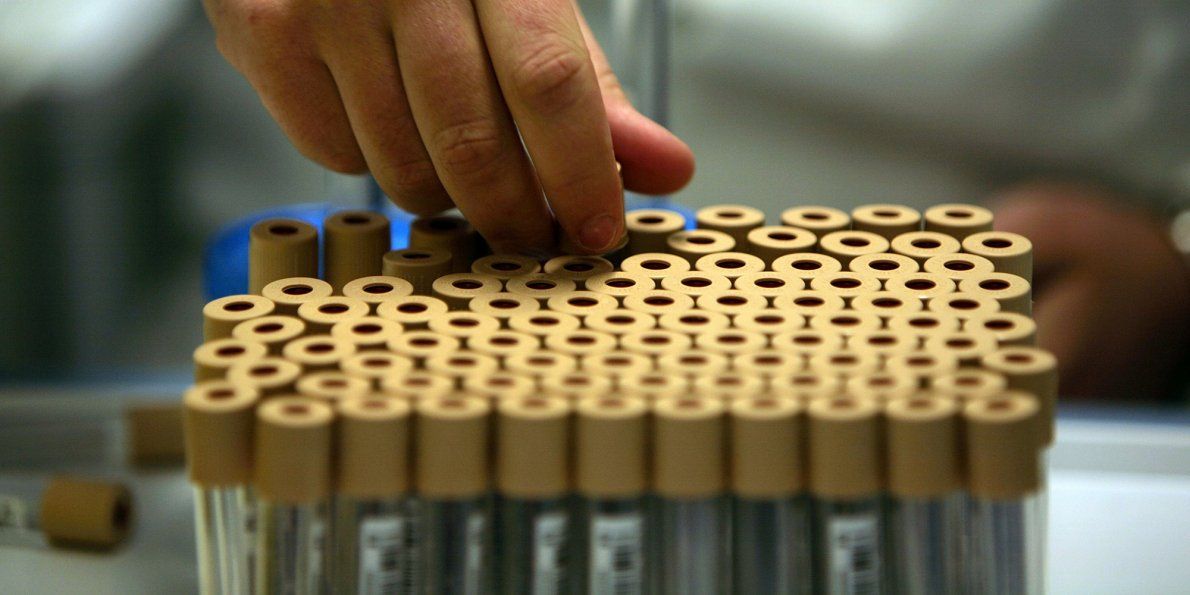
We asked industry experts what the ‘Uber of Healthcare’ will be — here’s how they responded
The “Uber” of healthcare — I can truly see it with AI Healthcare and CRISPR as well as BMI technologies.
Business Insider chatted with CEOs and investors alike to find out what technology and treatment could be the Uber of healthcare.

The World Economic Forum On The Future Of Jobs
“According to many industry observers, we are today on the cusp of a Fourth Industrial Revolution. Developments in previously disjointed fields such as artificial intelligence and machine learning, robotics, nanotechnology, 3D printing and genetics and biotechnology are all building on and amplifying one another…”
The World Economic Forum (WEF) published an analysis today on the technological and sociological drivers of employment.
The report, titled The Future of Jobs, validates the accelerating impact of technology on global employment trends, and also highlights serious concerns that job growth in certain industries is still very much outpaced by large scale declines in other industries.
The report surveyed senior executives and chief human resources officers of various companies “representing more than 13 million employees across 9 broad industry sectors in 15 major developed and emerging economies and regional economic areas.”